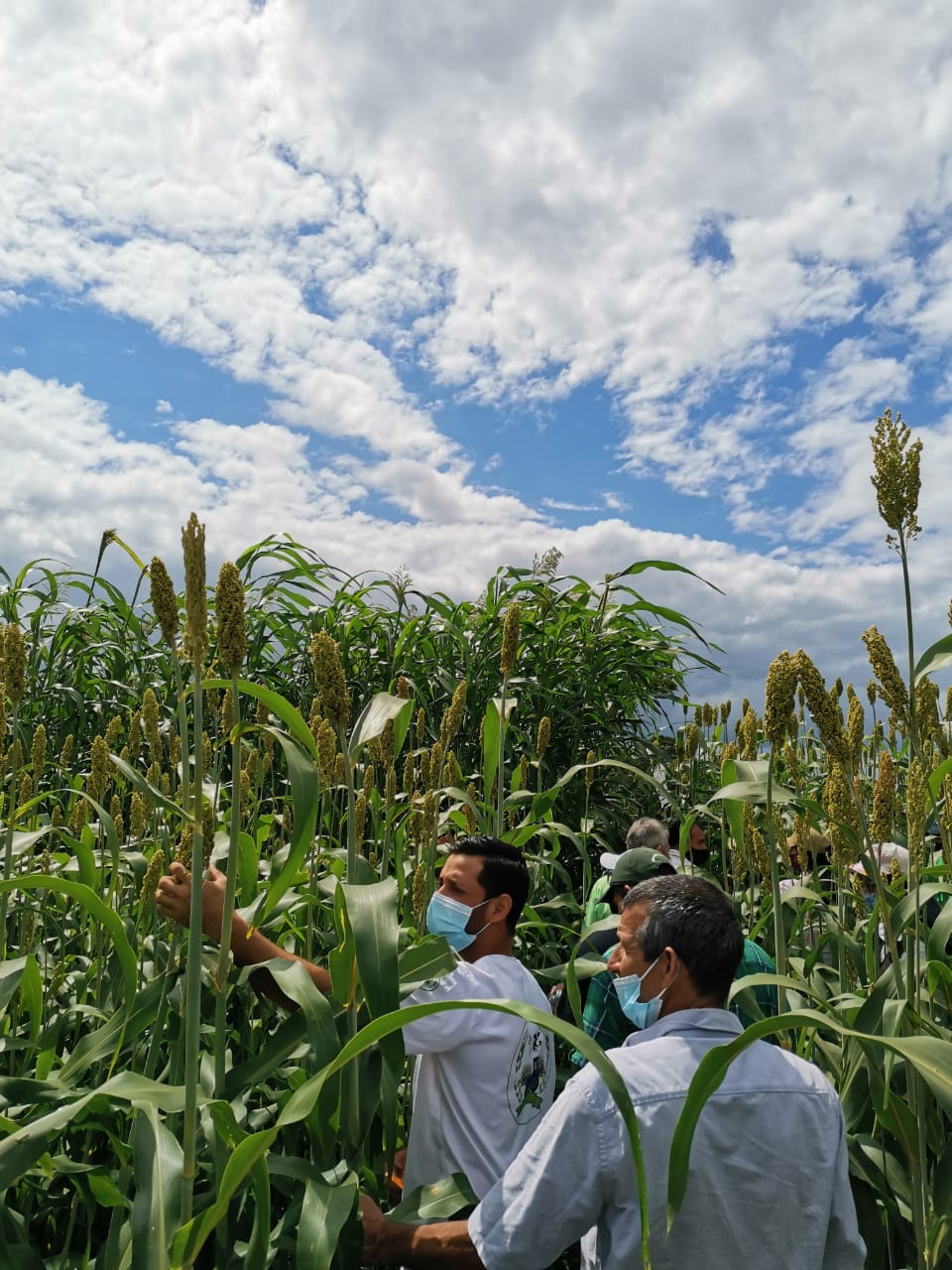Sorghum represents a unique opportunity to improve food security in Central America and the Caribbean. In Costa Rica, an inclusive research method led by the Central American and Caribbean Crop Improvement Alliance (CACCIA) is ensuring that the voices and opinions of small and medium agricultural producers are considered in national sorghum breeding programs.

Given the virtues of sorghum as a forage and silage crop, it is especially valuable for increasing the meat and milk production in dairy and dual-purpose livestock farms across the region. Sorghum also has a natural tolerance to drought and heat stress, and gives it a competitive advantage to other forage crops such as corn.
Adapting local sorghum varieties for yield potential alongside winnings traits, such as improved fodder quality and higher levels of pest resistance holds great potential, according to Dr. Roberto Camacho, principal investigator CACCIA-Costa Rica and plant breeder at the National Institute for Innovation and Transfer of Agricultural Technology (INTA).
To reach that goal, INTA is working with farmers and other stakeholders to implement participatory selection approaches into sorghum breeding pipelines. As a research methodology, participatory selection takes into account the opinions of farmers and stakeholders in regard to breeding selection and variety release selection process.
To date, CACCIA has collaborated with 156 selected farmers from three associations in the Northern and Northern Pacific regions of Costa Rica.
These participatory approaches increase farmers’ readiness to adopt new plant varieties, according to Dr. Nevio Bonilla, researcher at CACCIA and Executive Director at INTA.
“Our collaboration with ILCI has been fundamental for our work in this area,” said Bonilla. “We have not only successfully applied the participatory selection methods to sorghum, but also are applying these lessons learned at INTA more broadly in our work with beans and corn.”

Above: CACCIA researchers host a capacity building activity on participatory selection methods with farmers in Costa Rica. Photo provided by INTA.



